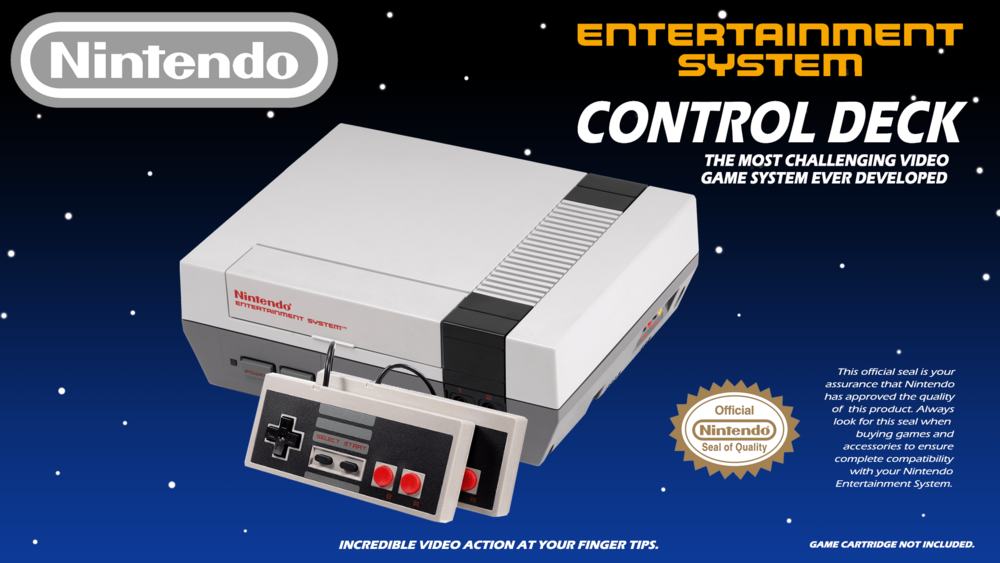In 1983, the North American video game market experienced a dramatic collapse, which resulted in the bankruptcy of several major companies and the loss of thousands of jobs. This period, known as the “video game crash of 1983,” marked the end of the second generation of video games and significantly impacted the industry.

The video game market had been experiencing steady growth since the release of the Atari 2600 in 1977. However, by 1983, the market had become oversaturated with low-quality games and an abundance of hardware. Consumers were inundated with too many options and companies vying for their attention, which resulted in a market flooded with subpar games.
The Legend of ET
One major contributing factor to the crash was the release of E.T. the Extra-Terrestrial for Atari. Based on the popular movie, the game was heavily hyped and was expected to be a major success.
The game was heavily hyped and was expected to be a major success but it was plagued with poor gameplay, poor graphics, and poor level design, which resulted in poor sales.
In an effort to cut their losses, Atari reportedly buried thousands of unsold E.T. the Extra-Terrestrial cartridges in a landfill in Alamogordo, New Mexico. The story of the game’s burial in a landfill was first reported in 1983, but it was not until 2014 that a team of documentary filmmakers were able to verify the story, by excavating the landfill and finding a large number of Atari cartridges, including E.T. the Extra-Terrestrial.

The burial of E.T. the Extra-Terrestrial in a landfill has become a legend in the video game industry and serves as a symbol of the video game crash of 1983 and the downfall of Atari. The game’s poor reception and subsequent burial in a landfill is often cited as one of the biggest failures in the history of the video game industry.
In any case, the game’s poor reception and subsequent burial in a landfill is often cited as one of the biggest failures in the video game industry’s history. The game’s poor reception and subsequent burial in a landfill is often cited as one of the biggest failures in the history of the video game industry. It serves as a reminder of the fickleness of the consumer and the importance of understanding the market, and the importance of creating high-quality games that will stand the test of time.
No Regulation and Oversight
Another factor that contributed to the crash was the lack of regulation in the industry. Companies were able to release games with little oversight, which resulted in a market filled with low-quality, unlicensed games.
Indeed, a dump full of ET cartridges could be considered a parable of the trash that companies were publishing in a quick and greedy cash grab against unsuspecting consumers.
People were left with no way to distinguish between good and bad games, which resulted in a loss of trust in the industry.

The crash also significantly impacted the companies involved in the industry. Atari, the dominant player in the market, saw its profits and stock value plummet. The company was forced to lay off thousands of employees and eventually filed for bankruptcy. Other companies such as Mattel and Coleco also experienced significant financial losses and were forced to withdraw from the market.
The video game crash of 1983 marked the end of the second generation of video games and had a significant impact on the industry. It resulted in the bankruptcy of several major companies, the loss of thousands of jobs, and a loss of trust in the industry.
Nintendo NES
Enter Nintendo.
Nintendo single-handedly revived the fledging video game industry with the release of the Nintendo Entertainment System in 1985.
This marked the beginning of the third generation of video games.

Following the video game crash of 1983, the industry was in a state of decline and consumer confidence in the industry was low. However, the NES helped revitalize the industry and bring it back to its former glory.
One of the key factors that contributed to the NES’s success was its focus on quality control. Unlike the Atari 2600, which had no oversight and allowed companies to release games with little quality control, the NES had strict licensing regulations. This ensured that only high-quality games were released on the platform, which helped to build consumer trust in the industry.
Another factor contributing to the NES’s success was its focus on innovation. The NES featured several new technologies, such as improved graphics and sound, which helped to set it apart from its competitors. The NES also featured many new games and franchises, such as Super Mario Bros and The Legend of Zelda, which helped to attract new players to the platform.

The NES sold over 61 million units worldwide and helped to establish Nintendo as one of the leading companies in the video game industry. Its success also helped to pave the way for future consoles such as the Super Nintendo Entertainment System (SNES) and the Nintendo 64. The NES’s success also helped to establish the video game industry as a mainstream form of entertainment and solidified its place in popular culture.
Conclusion
The collapse of the video game market in 1983 serves as a cautionary tale for the industry. It highlights the importance of regulation, quality control, and the need for companies to focus on creating high-quality games that will stand the test of time. It also serves as a reminder of the fickleness of the consumer and the importance of understanding the market. The video game industry has come a long way since then and has grown to become a multi-billion dollar industry, but the lessons learned from the crash of 1983 remain relevant to this day.













